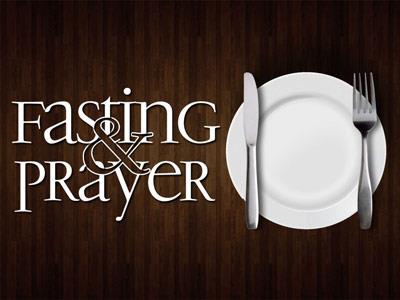-
When Problems Come
Contributed by Simon Bartlett on May 2, 2023 (message contributor)
Summary: Problems come. It's part of life. What are some general principles we need to follow when they do? We look at one of the greatest problems / difficulties / challenges in the history of God's people - the destruction of Jerusalem at the hands of the Babylonians and the exile - for lessons.
Everyone faces problems from time to time. Churches also face problems. For example, a church might unexpectedly lose its pastor and some other key members of its leadership at around the same time.
If that happened, how would you view it? Perhaps some of you would say that it’s a CHALLENGE, or a PROBLEM, or a DIFFICULTY. Perhaps some of you would say that it’s an OPPORTUNITY.
And if you were facing a problem like that, where your church loses two or more key leaders at the same time, what SIZE of a challenge or problem or difficulty would you consider it? I suppose you wouldn’t see it as a massive problem, but you would think it’s at least substantial.
Suppose that we, individually or as a church, feel that we’re facing a substantial challenge, how should we respond? Certainly, each situation is unique. But scripture gives us pointers that are applicable in any situation.
I’m going to go back about 2,500 years in time, to one of the greatest challenges in Jewish history, and see what we can learn from that.
If you go to Wikipedia, it tells you that, ‘During its long history, Jerusalem has been DESTROYED TWICE, besieged 23 times, attacked 52 times, and captured and recaptured 44 times.’
Do you know when Jerusalem was destroyed, and by whom? The first time was in 587/586 BC, when it was destroyed by the Babylonians. The second time it was destroyed was in AD 70, when it was destroyed by the Romans.
We’re going to take the destruction of Jerusalem by the Babylonians as our example. What happened?
There were two Babylonian Empires. The Old Babylonian Empire started about 2000 BC but came to an end in around 1600 BC. Almost 1000 years went by and then a New or ‘Neo’ Babylonian Empire emerged. This New Babylonian Empire revolted against the authority of the Assyrian Empire. Within a period of less than 20 years, it overthrew Nineveh, the capital of the Assyrian Empire, and then defeated Egypt, Assyria’s ally. The Babylonian Empire then inherited one of the most powerful empires in the world. Under Nebuchadnezzar, the Babylonian Empire captured and destroyed Jerusalem. Afterwards, the Babylonians took many Jews into exile to Babylonia, leaving just a small number of Jews in Judea. Then, less than 100 years after the Babylonian Empire was re-established, the Persian king Cyrus the Great invaded Babylon and took the city without a fight.
The situation for the Jews was that Jerusalem had been destroyed and a majority of their population was in exile, 900 miles away. What do you think of the problem the Jewish people were facing? Was it a big one? I’d say it was MASSIVE!
There are LOTS of lessons we can learn from this event in history and it would be quite impossible to mention them all. So I thought I’d pick on just three.
The first lesson is, we must go to God.
The second is, we might need to say sorry. I emphasise ‘might.’
The third is, we need to play our part.
Lesson one is, WE MUST GO TO GOD FIRST
Before the Babylonian Empire attacked and destroyed Jerusalem, God sent prophets to tell the people what was going to happen. For example, Jeremiah, Ezekiel and Habakkuk told the Jews that GOD would bring disaster on them for having rebelled against him, for having forsaken him, for not obeying him.
But perhaps 100 years before that, before the Neo Babylonian Empire had even been re-established, the prophet Isaiah foresaw the attack on Jerusalem. We can read what he foresaw in Isaiah 22. He weeps as he imagines it. Let’s pick up the story from verse 5.
5 For the Lord God of hosts has a day
of tumult and trampling and confusion
in the valley of vision,
a battering down of walls
and a shouting to the mountains.
6 And Elam bore the quiver
with chariots and horsemen,
and Kir uncovered the shield.
7 Your choicest valleys were full of chariots,
and the horsemen took their stand at the gates.
8 He has taken away the covering of Judah.
In verse 6 Isaiah foresees that the attack would be at the hands of Kir and Elam. When Isaiah wrote his prophecy, the Neo-Babylonian Empire hadn’t yet come into existence. But Elam was in the same area as the future Babylonian Empire. Bible scholars aren’t quite sure where Kir was, but they think it was in the same general area too. Let’s continue…
In that day you looked to the weapons of the House of the Forest, 9 and you saw that the breaches of the city of David were many. You collected the waters of the lower pool, 10 and you counted the houses of Jerusalem, and you broke down the houses to fortify the wall. 11 You made a reservoir between the two walls for the water of the old pool. But you did not look to him who did it, or see him who planned it long ago.

 Sermon Central
Sermon Central



